Communication is the key to survival in any animal kingdom, and dinosaurs were no exception. Though extinct and totally eradicated from the Earth’s surface, fossils that scientists have found contain evidence of how these mighty creatures might have communicated with their fellow creatures. Understanding dinosaur communication may tell a lot about the social structures of these creatures, their habits, and their survival strategies.
There are very few direct evidence, but those found are pretty interesting, like the anatomy of their vocal organs or physical features such as crests and feathers. Though the former are relatively rare, scientists use comparisons with modern animals, like birds and reptiles, to speculate how dinosaurs would communicate.
We will look at four different ways that dinosaurs may have communicated by vocal sounds and visual displays, chemical signals, and physical gestures. Each of the methods will tell a partial story regarding how the giants of old interacted with each other and with the environment.
Why Communication Was Essential for Dinosaurs?
Communication most probably was an integral part of dinosaurs’ daily experience. Like any modern animals, they would have used means to convey essential information either in search of a mate or staking claim over territory or perhaps warning their peers about threats. If the former were not able to communicate adequately, it would certainly make survival in their prehistoric world much more difficult than that of their modern counterparts.
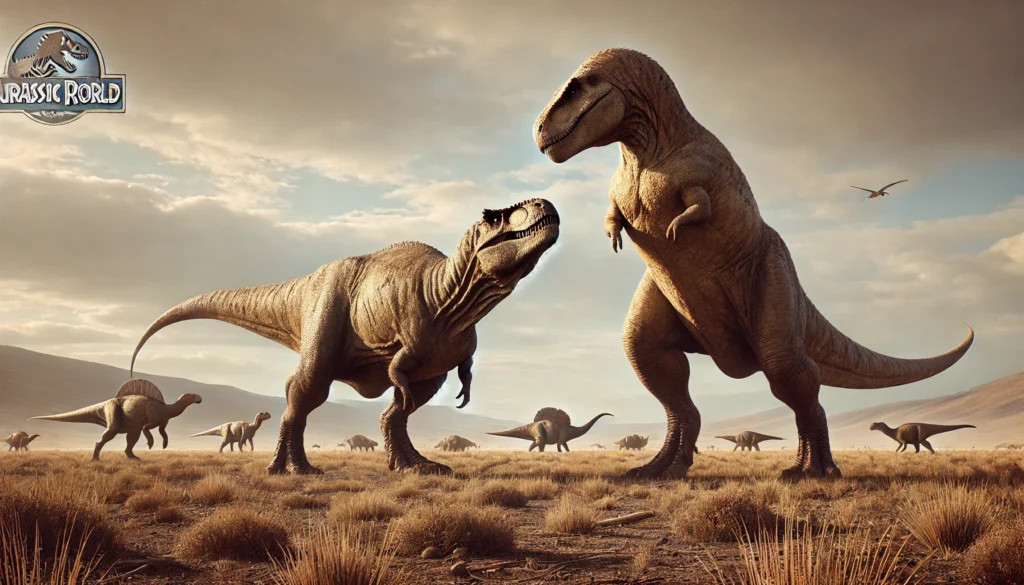
Mating displays or calls likely were required for species recognition and mate finding. Some species likely would have employed physical displays or sounds to create a dominance hierarchy over rivals and to vie for mates. Indeed, this is most obviously the case in the more elaborate structures such as crests or frills that adorn some species, which may also function as visual signals in those contexts.
Communication was an important aspect of organizing group behavior, too. Vocalizations or body language would have helped herd or pack animals stay together, warn about approaching predators, and help keep their young safe. These are behaviors that many animals still exhibit, and give us clues about what dinosaurs might have done.
Possible Vocalizations and Sounds
One of the most fascinating areas of communication for dinosaurs would be the question of whether they could vocalize. At present, we have no sound recordings of what dinosaurs might have sounded like, although scientists have made some inferences suggesting that certain species could have used vocalizations similarly to those in reptiles and birds. Some fossils contain evidence of specialized vocal structure-by means of air sacs or resonating chambers that may serve to produce sounds.
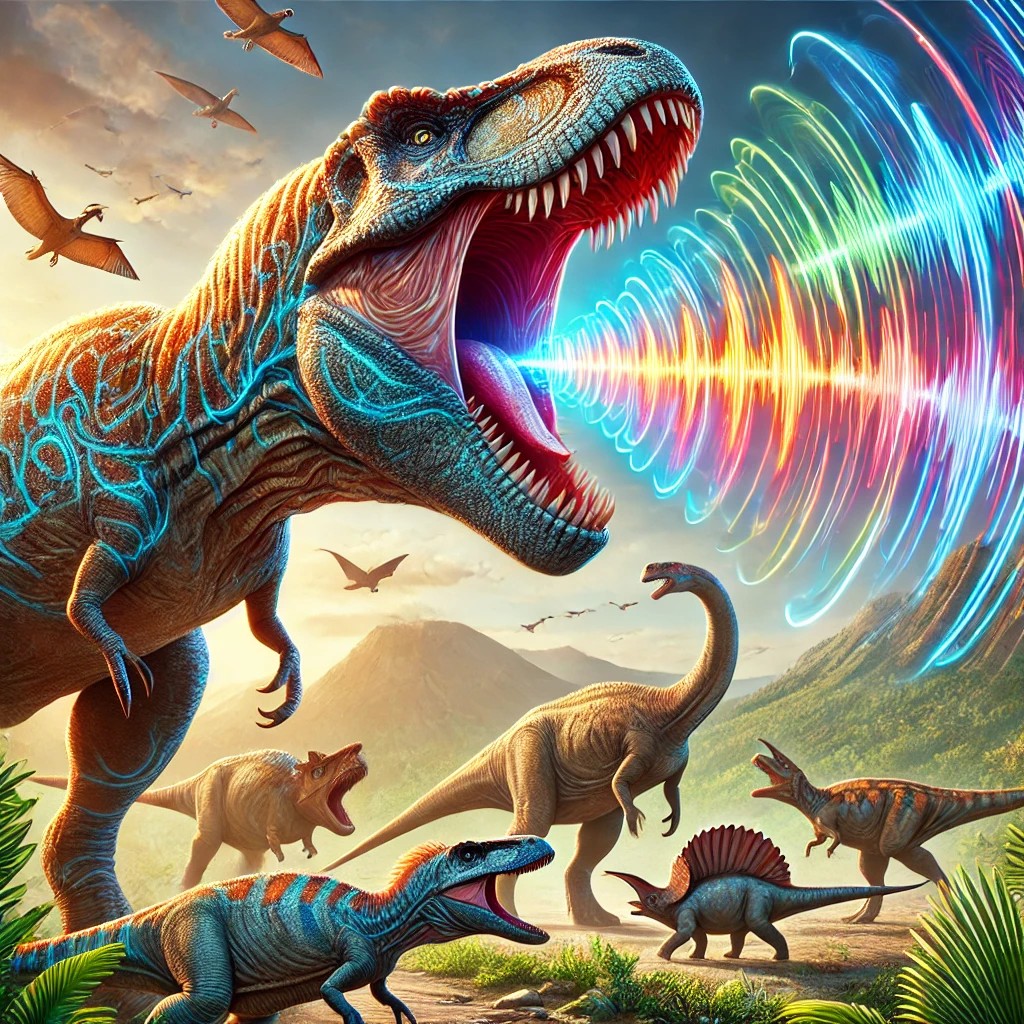
Other scientists hypothesize that such ancient creatures could have produced deep, low-frequency sounds, similar to the present-day cry of a crocodile or even the trumpeting sounds of an elephant. Such sounds may have been used for distant communication among dinosaurs-the calls may have helped alert other dinosaurs of their presence, while others with mates may have called out for each other in such vast expanses.
Not all dinosaurs may have been able to vocalize. Some could have communicated more through body language or visual signals. Those with vocal capacities might have used a combination of sounds in other means of communication to have a better expression given their species and environment.
Visual Signals and Body Language
For many of the dinosaurs, visual signals were very likely important in communication. Large herbivorous dinosaurs, for example, might have used their size as a strategy for dissuading predators or rivals. Positioning their bodies, spreading their limbs, or even puffing up certain features might have communicated everything from aggression to submission.
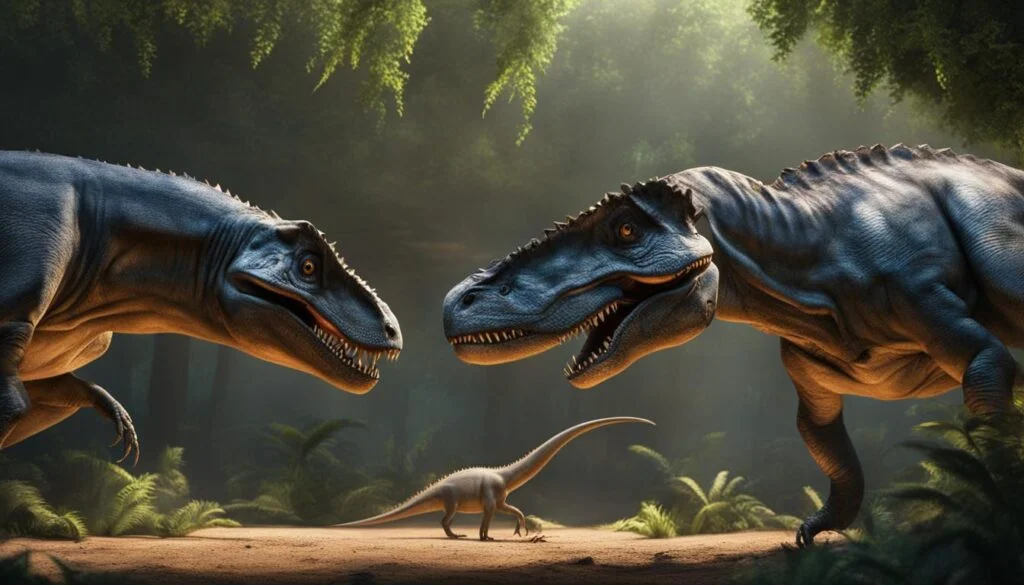
Other dinosaurs were elaborately frilled, crested, or horned and probably used not only for defense but also for social communication. Such features, for example, were used in dominance displays, attracting mates, and identifying members of the same species. The well-known crest of the Parasaurolophus was likely both a visual and an auditory organ of that type.
Body language would also have played an important role in the communication of animals, likely between dinosaurs too. Head bobbing, flicking a tail, or even what is often thought dramatic and expansive walking are just some of the many behaviors that express intent in animals that communicate non-audibly.
Use of Colors and Patterns for Communication
As suggested by fossil evidence, particularly in species that sported feathers or complex textures on their skin, it is likely that dinosaurs relied on color and pattern expressions on their bodies to communicate. It’s difficult to say much about the color of dinosaur skin from fossils, but some of the more recent finds have revealed that some species might have had colored feathers, much like those that modern birds have.

Brilliant colors might have been used in any number of ways among feathered species: attracting a mate, warning potential rivals, and so on, so clearly it is possible that colorful displays could have been an important part of communication in many bird species today whose dinosaur ancestors probably used similar patterns. For example, a head crest could have been brightly colored and used during courtship or perhaps even to signal territory.
Patterns or color marks on the skin or feathers may have also served to facilitate recognition between one dinosaur and another. Unusual color patterns or specific colorings may have served to signal individuals as part of the same species, male or female, or even rank within a given species. This would be very useful where groups relied on identifying their members visually to maintain the integrity of the group.
Scent and Chemical Communication Hypotheses
Although less often spoken about, it is also within the realm of possibility that dinosaurs employed scent or chemical signals to communicate. Among modern reptiles and mammals, scent marking is a common way of establishing territory or signaling reproductive status. Such capabilities may have been part of the dinosaur package as well, but direct evidence is sparse.

Some paleontologists believe big herbivorous dinosaurs could have utilised scent trails to proclaim other members of the same species that they are ready to mate or even that they have claimed certain areas of territory. Pheromone is a chemical signal emitted by one animal to affect other ones’ behavior; it may have been an effective system for many aspects in dinosaurs’ life.
Chemical communication may even have played a role in the predator-prey interactions. At least some dinosaurs could have released chemical signals that would allow other members of the species to be aware of the presence of other predators nearby, similar to how today’s skunks and other species warn off threats with chemical signals. This is purely speculative, but it certainly opens up the area to the study of non-vocal communications.
Parent-Offspring Communication
Communication between parent dinosaurs and their offspring was likely critical to survival, at least for those species that were making an investment in raising young. Many fossil nesting sites indicate that, at least in some species, such as Maiasaura, offspring received care post-hatch, which would suggest some degree of communication is necessary.
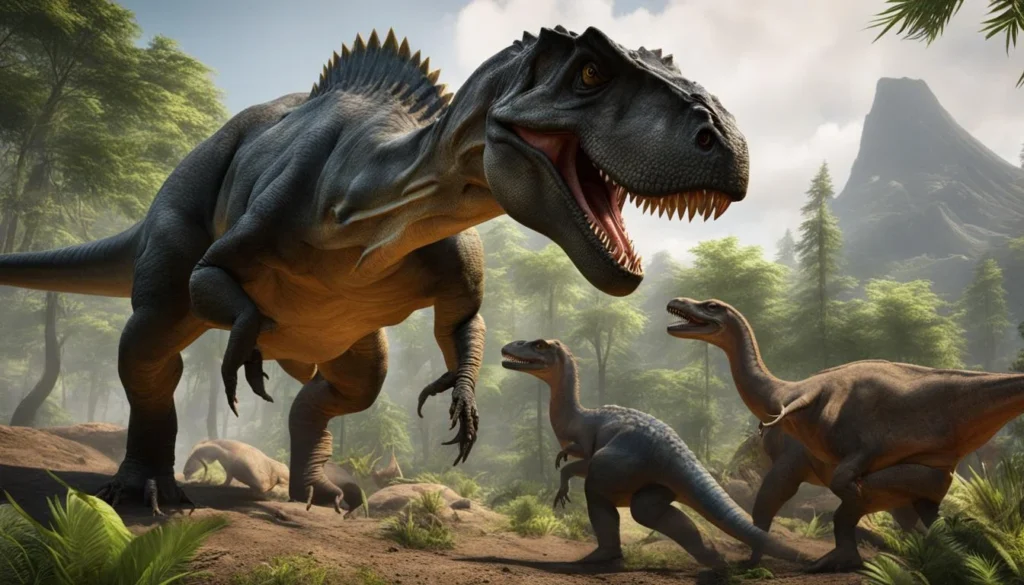
Parental dinosaurs could communicate, move, and even touch their offspring to protect it from predators and to teach it lessons. Birds today use combinations of call and behavior to keep track of chicks; dinosaurs likely did the same. This ensures that the young dinosaur stays close to the safety of the family group.
Is It True That No One Has Ever Seen a Real Dinosaur Fossil?
Visual signals might have also been extremely important in this communication. The parent dinosaurs might have used certain postures to alert their little ones to possible dangers or keep them within a safe boundary. The ability of sending a message such as “stay here” or “follow me” quickly would be very important in the perilous prehistoric world.
The Role of Environmental Factors in Communication
This might have also been a massive impact over how the dinosaurs communicated. In heavily vegetated areas or dense forests, sound interference could have limited vocalizations. Dinosaur communication may have relied more on visual signals or close-range body language in these environments.

Instead, open plains and other expansive environments may have favored loud, low frequency calls that travel long distances. Large dinosaurs like the sauropods could make deep, resonating calls that reach across a distance to communicate with others when spread out over large areas.
Environmental factors probably also played a role in how dinosaurs expressed themselves. For instance, some dinosaurs that would not have had many places to hide may have had to be more obviously in view if they were to get along with one another; those that lived in areas with environments that were generally hidden from view may have used other forms of communication, like chemical signals or scent marking, which are not as obvious.
Comparing Dinosaur Communication to Modern Animals
Studies of modern animals, especially birds and reptiles that share evolutionary links with dinosaurs, are one of the best ways to hypothesize how dinosaurs communicated. Birds are direct descendants of theropod dinosaurs; understanding those closely related might provide valuable insights into how vocalizations, body language, and displays might have worked.

Finally, modern reptiles, like crocodiles and lizards, speak yet further words of evidence. Firstly, crocodiles make use of low-frequency rumbles and body movements to communicate with each other, much the way that scientists believe is used by larger dinosaurs. Comparing and contrasting these behaviors allows scientists to infer similarities and differences between contemporary animals and their ancient ancestors.
Comparative studies on the communication methods of animals that have survived over millions of years offer hints into possible complexity behind dinosaurian communication. Comparisons like this really assist paleontologists in filling gaps left by fossil evidence, describing in a more complete way how they might have interacted.
Conclusion: The Mystery of Dinosaur Communication
Much would still have gone unknown about the communication style of dinosaurs, but thanks to continued research, many questions are in the process of answering. Starting from vocalizations and visual displays to chemical signals, it is most likely that some form of interaction both with each other and their environment happened through a combination of these means.
More findings, such as better-preserved fossils or more detailed analysis of their structures, only help scientists refine their notion of dinosaur communication. A piece of evidence contributes to an expanded view of the behavior and social lives of dinosaurs.
Though we can never really know exactly how a dinosaur sounded or what they said in every situation, it is far from silent, lonely creatures, but possibly quite complex and varied in their communication just like many animals are today.



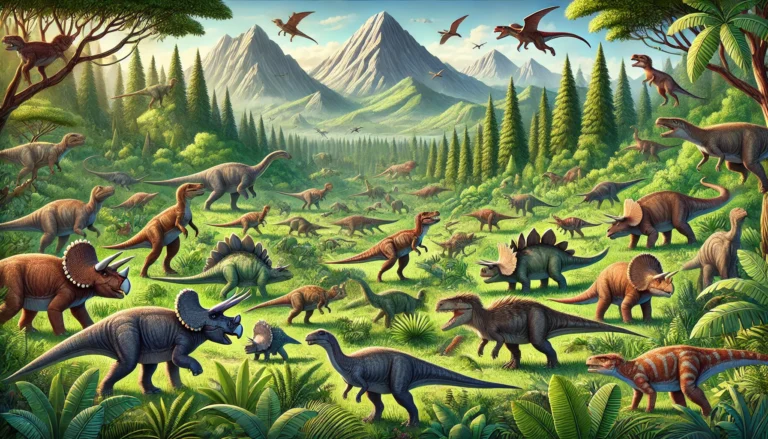
2 Comments
Pingback: What Did Dinosaurs Sound Like? - Dino Guider
Pingback: Could we resurrect dinosaurs from fossil embryos? - Dino Guider